Alba Iulia
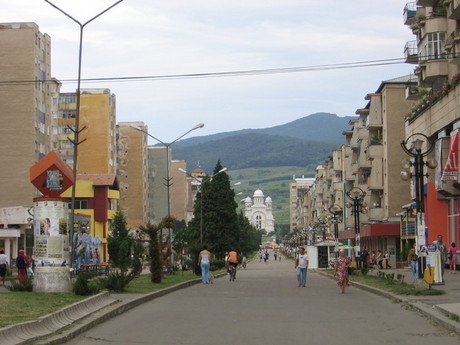
The gentle climate and the richness of the soil made the area around Alba Iulia inhabitable since ancient times and established Alba as a leading wine growing region since 1st century AD. Northwest of Alba Iulia are the Apuseni Mountains and in the east the Transylvanian Plateau with its rolling hills and deep, wide valleys.
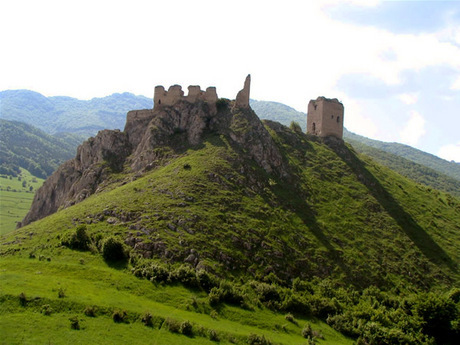
The Alba Iulia citadel, designed by Italian architect Giovanni Morando Visconti, was built between 1716 and 1735, using the Vauban military architectural system—the largest of this kind in Southeastern Europe. The fortress is outstanding both for its architectural elements and for the beauty of its six gates, unique in European military structures. Doubtless the artists, sculptors Johann Koning, Johan Vischer and Giuseppe Tencalla, had been inspired by ancient mythology.
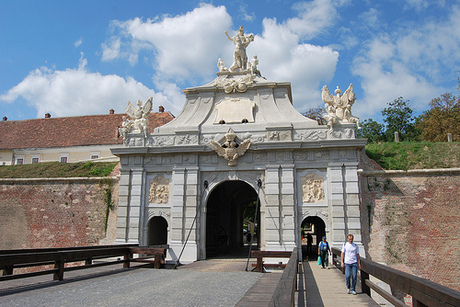
The Princely Palace, built in the 16th century, was Prince Mihai Viteazul’s residence during the first political unification of Romanians in the 1600s. Following Ottoman and Tatar invasions the palace was destroyed. During the rule of princes Gábor Bethlen and George II Rakoczi the palace was restored but not to its previous condition. From 1700 on, the building was used as military barracks.
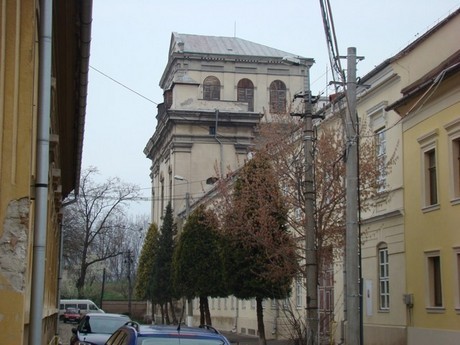
In 1780, Ignac Batthyany, bishop of Transylvania, transformed a former Unitarian church into one of the most famous libraries in Transylvania. The Batthyaneum library is known all over the world for its rare manuscripts - over 60,000 documents, including the Codex Aureus (9th century), also known as the Lorsch Gospel, containing the Gospel of Mark and Matthew, David's Psalms, Codex Burgundus (15th century), Biblia Sacra (13th century) the Pentateuch from Orăştie (1850), Şerban Cantacuzino's Bible, and the New Testament from Balgrad (1648). The first astronomical observatory in Transylvania was founded here in 1792.
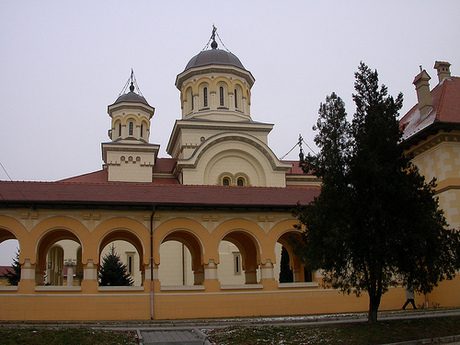
Located near the western entrance of the citadel, the impressive Orthodox Cathedral was built between 1921 and 1923 to celebrate Transylvania’s reunification with Romania. The first monarchs of unified Romania, King Ferdinand I and Queen Marie were crowned there on 15 October 1922.
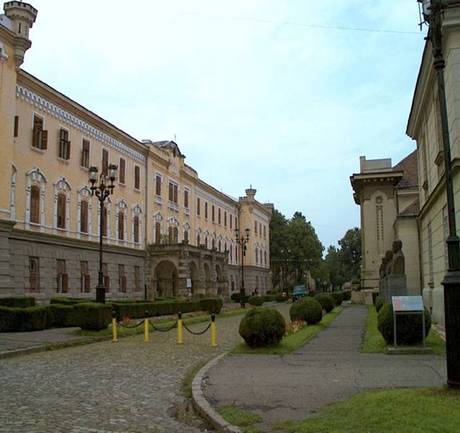
The National Museum of Unification, located in the Babylon Building, was originally built for military purposes between 1851 and 1853 and transformed into a museum in 1887. The museum features a prehistory section, a Dacian-Roman and feudal sections, and sections for the great battles with the Turks, the Revolution of 1848, the Unification of the Principalities in 1859, World War I, the Union of Transylvania with Romania.
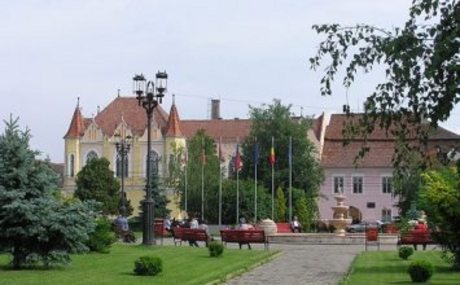
Sebes, another small Saxon town, situated on the banks of the river Sebes, is also appreciated for the remains of the citadel (14 – 15th century) burned by the Turks, just a few towers standing as an emblem of what the citadel was: Tailor’s Tower, Student’s Tower, Shoemaker’s Tower.
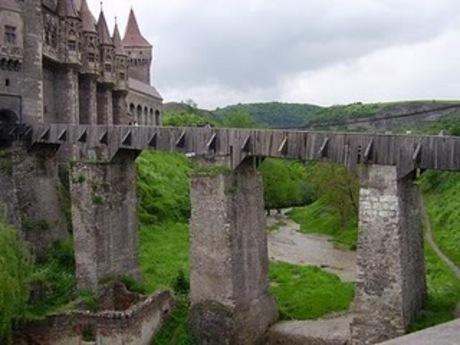
The greatest Gothic-style castle in Romania, Corvinesti was built by the Anjou family on the site of a former Roman camp. The castle served as a fortress until the mid-14th century when it became the residence of Transylvania's ruler, Iancu de Hunedoara. Iancu upgraded the fortress transforming it into the most stunning castle in Transylvania.
